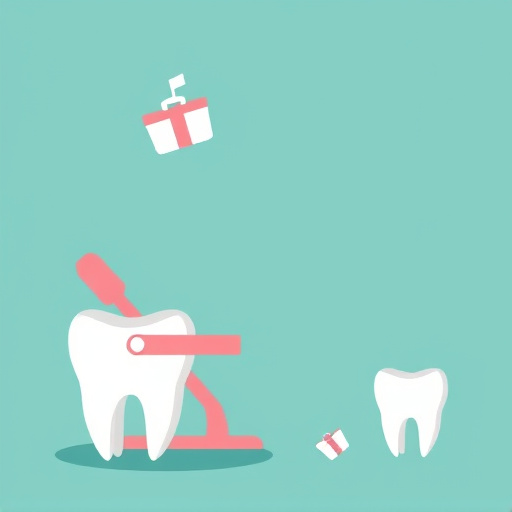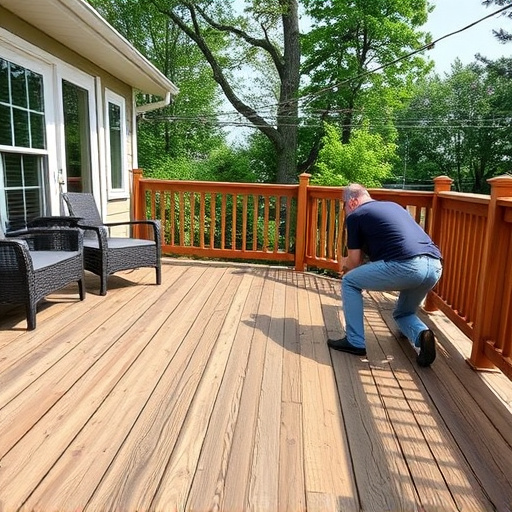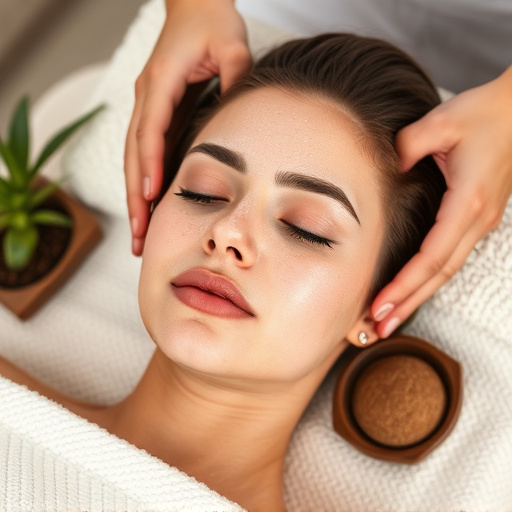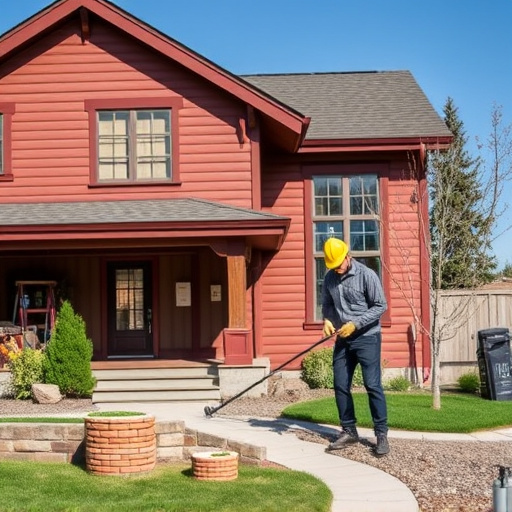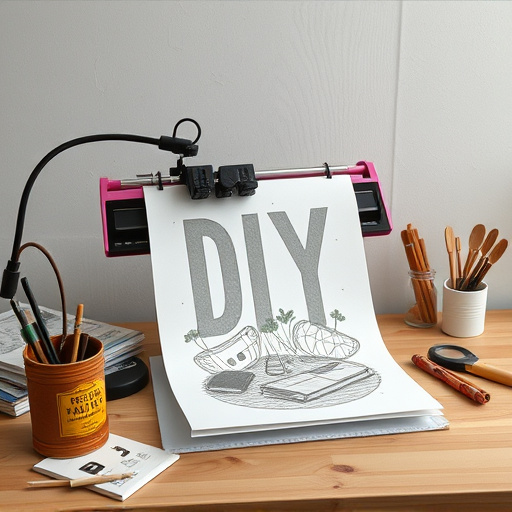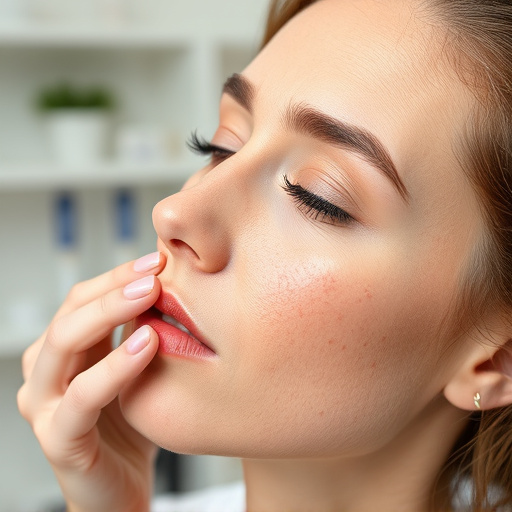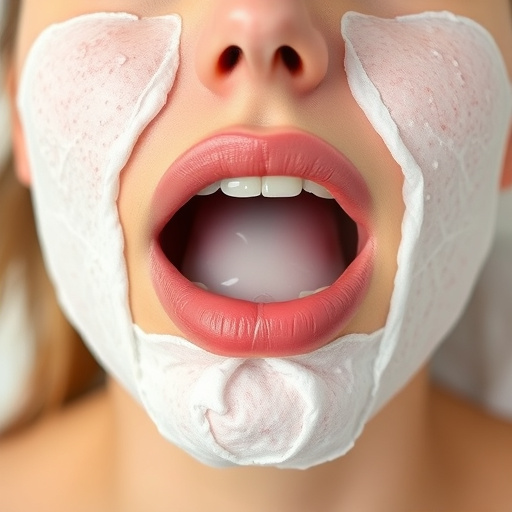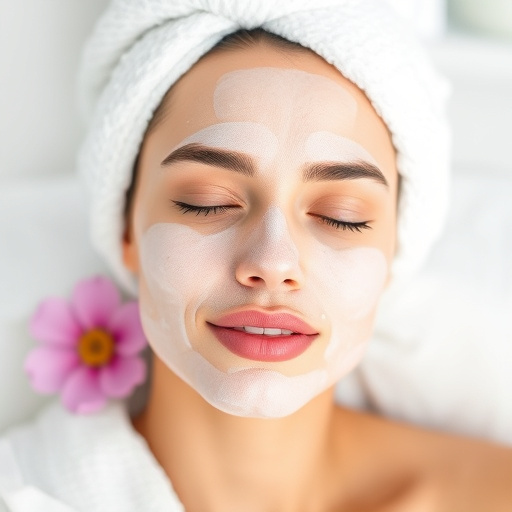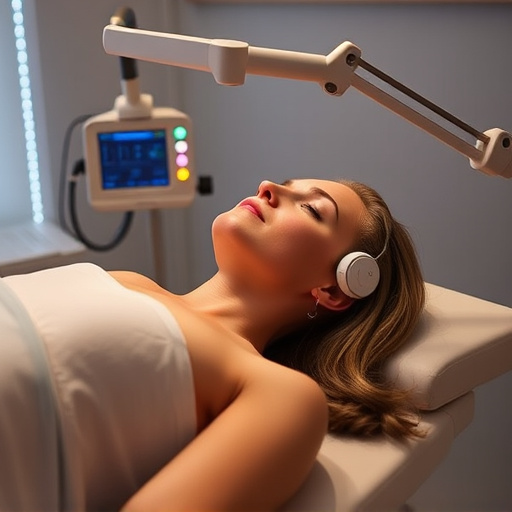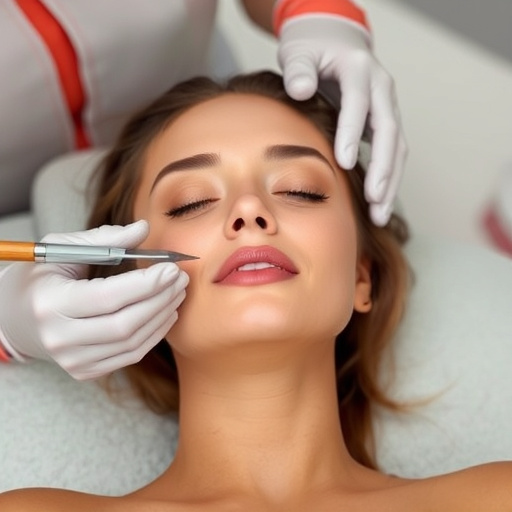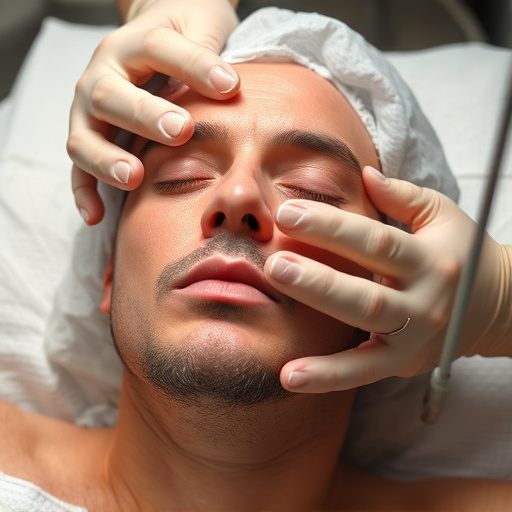Razor bumps, caused by shaving irritation, are treated with gentle cleansing, exfoliation, and topical anti-inflammatory agents like salicylic acid or aloe vera. Post-shave care, regular exfoliation, and moisturizing prevent future bumps. Severe cases may require non-surgical treatments like microdermabrasion for improved razor bump treatment and overall skin health. Topical creams, warm compresses, and essential oils offer relief and long-term benefits for effective razor bump management.
After a close shave, many men and women face the pesky issue of razor bumps—small, red, raised pimples that can cause discomfort and unsightly skin irritations. Understanding what causes these bumps is the first step towards effective treatment. This article delves into the science behind razor bumps, offering essential post-shave care tips to prevent and soothe irritated skin. We also explore natural remedies and topical treatments for a comprehensive guide to achieving smooth, bump-free skin.
- Understanding Razor Bumps: Causes and Effects
- Essential Steps for Effective Post-Shave Care
- Topical Treatments and Natural Remedies for Relief
Understanding Razor Bumps: Causes and Effects
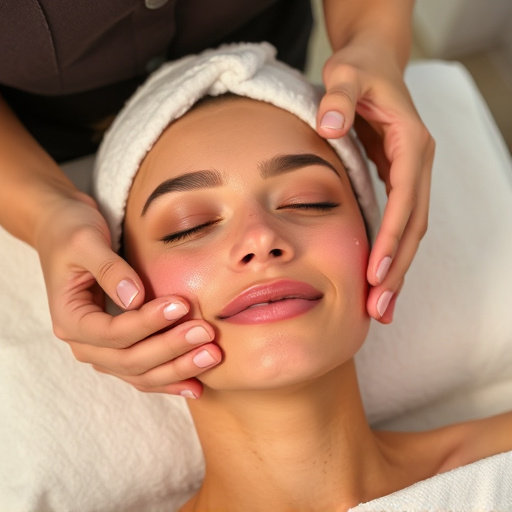
Razor bumps, also known as pseudo-folliculitis barbae, are a common skin issue that arises after shaving. They manifest as small, red, raised bumps on the face, typically along the jawline, neck, and other areas frequently shaved. Understanding the causes is crucial for effective razor bump treatment. Shaving irritates the skin, leading to inflammation and trapping of hair follicles beneath the surface. This can result in a reaction where the immune system sends white blood cells to fight off the perceived threat, causing redness, swelling, and eventually, the formation of bumps.
Various factors contribute to the development of razor bumps. They include using dull razors, improper shaving techniques, harsh cleaning products, or even certain skin conditions like eczema or rosacea. Over time, repeated shaving can exacerbate the issue, leading to chronic inflammation and more pronounced bump formation. Effective razor bump treatment involves addressing these causes through gentle yet thorough cleansing, exfoliation to unclog follicles, and soothing topical treatments that reduce inflammation and promote healing.
Essential Steps for Effective Post-Shave Care

After shaving, it’s crucial to take the necessary steps for effective post-shave care to prevent and treat razor bumps. Start by cleansing your skin gently with a mild cleanser to remove any remaining dirt or debris from the hair follicles. This initial step is vital in soothing irritated skin and preventing further inflammation.
Next, apply a topical treatment designed for razor bump relief. Look for ingredients like salicylic acid or aloe vera, known for their anti-inflammatory properties, which can help reduce redness and itching. Additionally, consider products with moisturizing elements to hydrate the skin, as dry skin is more prone to irritation. Regularly exfoliating your skin and using a good moisturizer can also aid in preventing future razor bumps by promoting smoother hair growth and improving overall skin texture. These measures, combined with non-surgical treatments like microdermabrasion or chemical peels (for severe cases), can significantly enhance your razor bump treatment routine and contribute to wrinkle reduction and skin tightening.
Topical Treatments and Natural Remedies for Relief
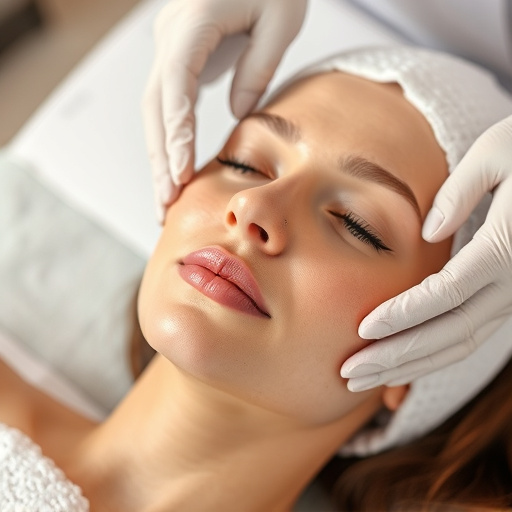
After a shave, many men and women experience razor bumps, those tiny, itchy red bumps that can be both uncomfortable and unsightly. Fortunately, there are several topical treatments and natural remedies available to soothe irritated skin and promote smooth, bump-free complexion.
Topical creams and lotions containing ingredients like aloe vera, tea tree oil, or salicylic acid can significantly reduce inflammation and help heal razor burns. These products not only provide immediate relief but also aid in pore refinement and skin brightening, addressing both the current issue and preventing future problems. Additionally, natural remedies such as applying a warm compress or using essential oils like lavender or chamomile can offer additional comfort and potentially stimulate wound healing, contributing to effective razor bump treatment.
In light of the above, it’s clear that implementing a robust post-shave skincare routine is pivotal in managing and preventing razor bumps. By understanding the causes, taking proactive steps, and exploring effective topical treatments and natural remedies, you can achieve smoother, bump-free skin. Remember that consistent care and patience are key to achieving long-lasting relief from razor bump treatment.
